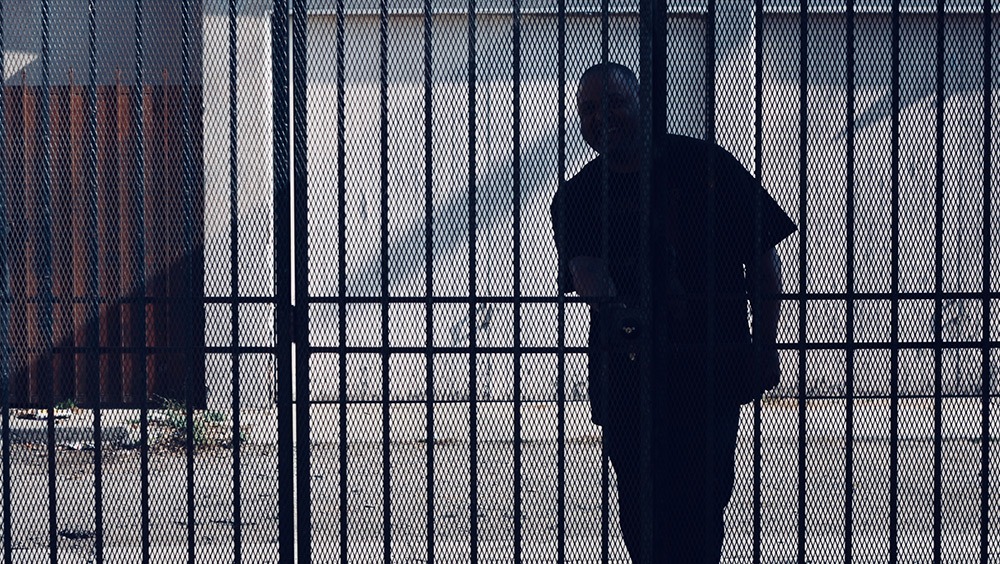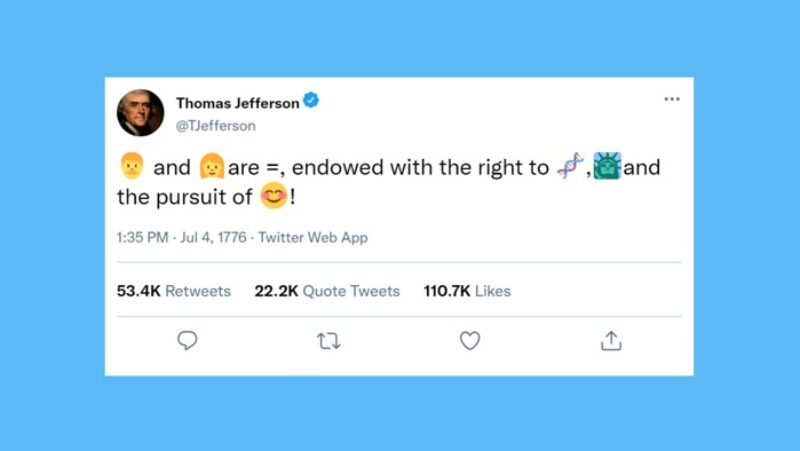Jailed Journalism: Getting the Inside Stories of the Justice System

It’s common to hear journalism described as “giving voice to the voiceless.” This cliché is a bit of a misnomer. The First Amendment defends free speech and press for all, protecting everyone’s voices, not just some. But it’s also true that the loudest voices can sometimes dominate, drowning others out.
Today there are new or growing discussions in newsrooms about how to ensure more sides to every story are told and all affected voices are heard.
Newsrooms rethink reporting on the justice system
It can be easy to repeat the loudest voices or most predominant views. But ethics guidelines and training programs for stories reporters cover often – like crime – help newsrooms tell more sides to each story.
For reporting on crime and the justice system, tough questions include how best to report when people are suspected or accused of crimes but haven’t been convicted. Since old news stories can come up in internet searches for years, some newsrooms are looking at how to ensure such stories are updated or removed.
Similarly, more news organizations are rethinking sources for crime reporting. Journalists can use public records requests to seek police video and documentation to support or challenge official statements. If such reports are incomplete or misleading, journalists can hold officials accountable rather than rely solely on official accounts.
Talking directly with people who are or have been incarcerated is another way newsrooms can better address an often underrecognized justice system storyline.
"Suave,” a Pulitzer Prize-winning podcast from Futuro Media, did just that. Futuro founder Maria Hinojosa followed the story of David Luis “Suave” Gonzalez for more than 27 years. Gonzalez was sentenced at age 17 to life in prison. When he was eventually released, the two told his story. Gonzalez told NPR that Maria said he could be her source, “Somebody that could report what the injustices taking place behind these prison walls that society don't know about. And I was honored to be that source.”
Gonzalez told Slate, “When you give us [incarcerated or formerly incarcerated people] a chance to shine, this is what you get.”
In an interview with the Freedom Forum, Hinojosa said, “If you don't see yourself reflected anywhere … you actually begin to believe that you don't exist, or you're not supposed to exist, or your existence isn't important.”
Maria Hinojosa is the Freedom Forum’s 2023 Al Neuharth Award for Excellence in the Media honoree.
Hinojosa talked to Gonzalez during and after his incarnation. But it can be hard for journalists to get access to prisons. It can be even harder for people who are incarcerated to get their stories out.
Journalism behind bars
Jason Walker has been writing nearly as long as he has been in prison: 15 years. Reporting about prison life has taken resourcefulness, as Walker sometimes didn’t even have anything to write with. His stories about drugs in prison, and some guards’ possible involvement, have also put him at risk. He has faced threats and violence.
“Sometimes you have to risk your life to get information out,” Walker told the Texas Observer.
Walker has been supported by PEN America’s Prison Justice and Writing project, which for more than 50 years has helped publish the work of incarcerated writers. Similarly, the Prison Journalism Project “[brings] transparency to the world of mass incarceration from the inside and training incarcerated writers to be journalists, so they can participate in the dialogue about criminal legal reform.”
Rahsaan Thomas is the co-host and co-producer of Ear Hustle, a popular podcast created at San Quentin State Prison. Thomas spoke with the Marshall Project about the scrutiny each episode faces to be cleared for publication, including approval by the prison’s public information officer and administration. He also shared his awareness of the hurt the crime for which he was sentenced brought others: “I’m hungry to make meaning out of destruction.”
Kevin D. Sawyer has written about being a journalist while jailed: “In the purest form of freedom to write, all I need is a pen, paper and the First Amendment. That doesn’t mean I have not faced consequences though.”
Writers on the inside, like these, and reporters who work to share many voices and views, show that press freedom does not have to be primarily a tool of the powerful. Rather, at its best, freedom of the press is a tool to challenge the powerful. Today, when it is easier than ever for many people – but not all – to publish their own stories, it can also be harder to sort through the information overload. So, look for the voices of those closest to the story, those that include more than one perspective and especially those that include voices you haven’t heard before.
Perspective: What if the Nation’s Founders Had Been Able to Tweet?
Recording in Public: Is It Illegal to Record Without Permission?
Related Content

